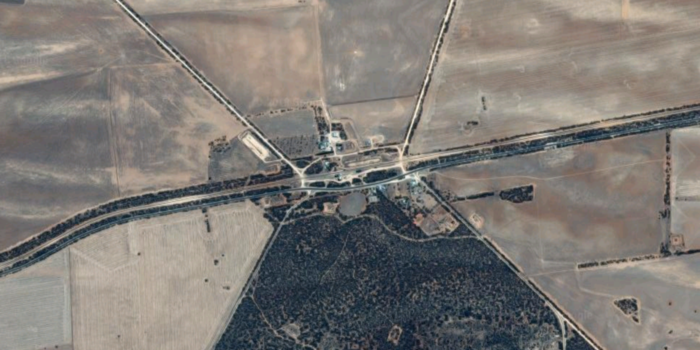
NAA: MP1049/1, 1918/066, page 871 is a copy of an anonymous letter sent to the Minister of Defence in Melbourne in reference to reports 'in the press on Saturday that two aeroplanes were seen flying over Nyang' -- likely either the Argus or the Age. Probably the latter, since it added a report from the Central Flying School at Laverton (well, Point Cook) saying it wasn't one of theirs, and the letter writer says 'This may only have been a trial flight by our own men, and again it may not'.
But the aeroplanes are not the real point here; they're not even mentioned again. Instead the writer informs the Minister of 'the fact that a late Officer in the German Army, by the name of Schefferdecker (Farmer) lives either at Cow Plains or Murrayville -- a few stations further on' from Nyang. He had only arrived in Australia a few months before the war. The writer wants the Minister to see 'that the matter is thoroughly investigated' -- though what, exactly, Schefferdecker is supposed to have done is never specified. Still, something must be done about it:
I have given you the information which I know to be a fact, and it remains with you to see that the enemy officer is interned and not allowed to enjoy the same privileges as the parents of the boys from that district who are now at the front fighting; doubtless many more would enlist if it were not for the fact that so many Germans are permitted to profit by the freedom we are fighting for.
This seems to be the heart of the matter: this Schefferdecker may not have actually done anything wrong, but he is a German and the fact that he remains free is an affront, and it's no wonder that new recruits for the AIF are drying up. This month in fact saw the lowest recruitment figures for the war to date -- only 1500 across the entire country -- so perhaps the writer was getting at some confluence of fears to do with the war draining manpower away and leaving the nation defenceless. Or else they had very cannily happened on a theme which was already creating much official alarm and despondency down in Melbourne, especially after the failure of the bitterly divisive second conscription plebiscite in December 1917.
...continue reading



